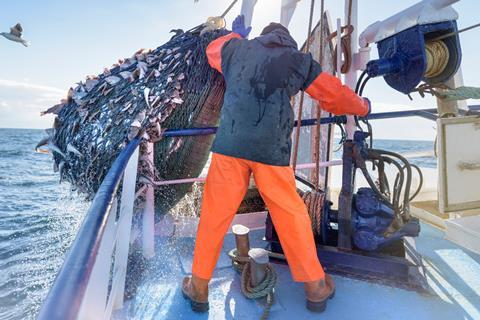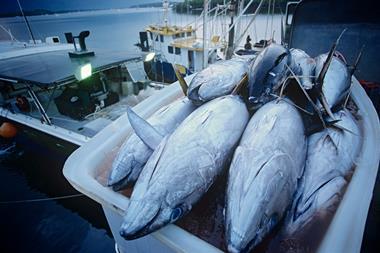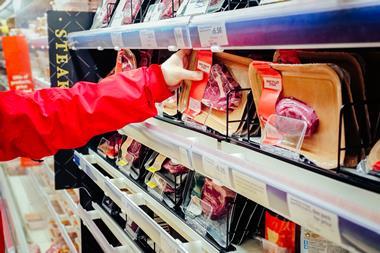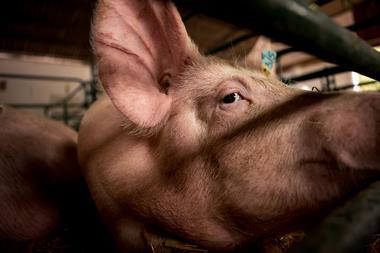
Seafood exports and imports are up in the UK, according to Seafish’s latest Seafood in Numbers report.
According to the organisation, the UK’s export volumes rose by 11% to more than 490,000 tonnes, while imports increased by 4% to more than 1.1 million tonnes.
Export values also rose by 13% compared to 2023, now valuing £1.98bn, with France responsible for £943m of this figure, and the US and China the next largest markets representing £317m and £113m respectively.
The value of imports also increased by 2%, reaching £3.8bn with tuna, cod, and prawns among the most imported species.
Norway, Iceland and China were the leading suppliers of imported fish, with values of £701m, £388m, and £297m respectively, although the report said there was “notable growth” from counties like Ecuador, Canada and Vietnam.
“The UK is a major player in seafood processing and export, sending significant quantities of its catch abroad while importing much of what is eaten at home,” said Jennifer Robinson, the head of economics, insight and advice at Seafish. “This dynamic reflects a complex industry shaped by our rich maritime heritage, international trade and the evolving preferences of both domestic and global markets.”
The UK fishing fleet landed 716,000 tonnes of fish and shellfish in 2024, worth £1.15bn.
Mackerel, herring and haddock dominated catches with landings into UK ports valued at £828m. Meanwhile, aquaculture, led by salmon farming, contributed more than £1.2bn.
Salmon was by far the most valuable species to the UK in terms of exports, with its value up 42% to £947m, and its volume up 49% to more than 134,000 tonnes.
It was also the most valuable import, at £743m, despite a decline of 1%, although tuna was the most imported species by volume, at 223,228 tonnes – up 15%.
Read more
-
Atlantic salmon production up but job numbers down: report
-
Salmon sales hit £1.5bn in the UK as demand soars
-
Parliamentary group to develop ‘urgent’ plan for UK fish and seafood
Seafish’s report comes as Salmon Scotland released its report on The Economic Impact of Scottish Salmon Farming, provided by Biggar Economics.
The analysis said salmon farming supported 10,850 jobs across Scotland and provided an estimated £953m to its economy in 2024 – in gross value-added terms – referencing data collected from salmon firms and publicly available statistics.
“This is more than just an economic headline, it is a testament to the resilience, innovation, and commitment of everyone involved in the industry,” said deputy first minister Katie Forbes, after she was presented with the report’s findings. “This is a sector that continues to invest in its people, with average salaries being significantly above the Scottish average.
“It is also an industry that brings benefits to the country’s wider supply chain.”



















No comments yet